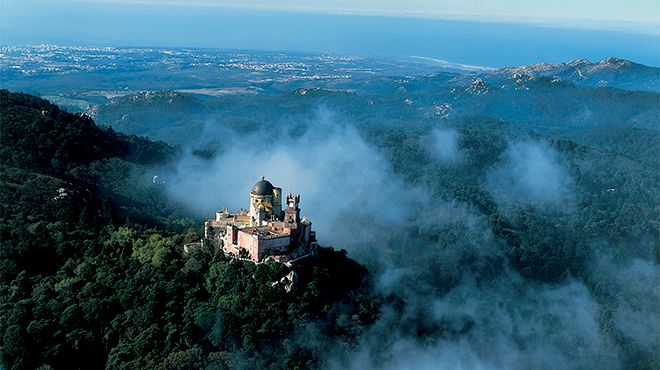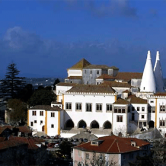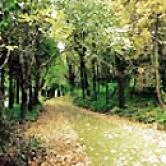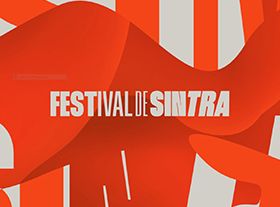Palácio Nacional da Pena

Museums and Palaces
Pena National Palace
The fantastic Palácio da Pena is one of the best examples of 19th-century Romantic revivalism in Portugal.
Situated at the top of the Monte da Pena, the palace was built on the site of an old monastery belonging to the Order of St. Jerome. It was the fruit of the imagination of Dom Fernando of Saxe Coburg-Gotha, who married the queen Dona Maria II in 1836. After falling in love with Sintra, he decided to buy the convent and the surrounding land to build a summer palace for the royal family.
The king consort adopted Portuguese architectural and decorative forms for the palace, which he built according to the revivalist taste (neo-Gothic, neo-Manueline, neo-Islamic, neo-Renaissance), and, in the surrounding area, he decided to make a magnificent woodland park in the English style, with a wide variety of exotic tree species.
The interior of the palace is still decorated according to the tastes of the kings and queens who lived there, and its great highlight is the chapel, where it is still possible to see a magnificent alabaster altarpiece attributed to Nicolau Chanterenne (one of the architects of the Mosteiro dos Jerónimos, in Lisbon). Special reference should also be made to the painting of the walls with a trompe l’oeil effect and the azulejos.
A restaurant has now been installed in one of the wings of the palace, with a terrace that offers a beautiful panoramic view over the Serra de Sintra and the coast.
2710-609 Sintra
Winter (25 October to 1March): 10am-6.00pm (last ticket at 5.00pm);
Summer (2 March to 25 october): 10am-7pm (last ticket at 6.15pm).
- Partial
- Shop
- Bar/Café
- Toilets
- Hearing impairment
- Motor disability
- Visual impairment
- Hearing impairment
- Motor disability
- Mental disability
Wheelchair users cannot enter the Pena Palace because there are a number of steps along the route. Guided tours are available for people with special needs, by prior appointment.
Pena Park is accessible and has various facilities to help people with impaired mobility, including manual wheelchairs to which a traction device can be fitted, and an accessible bus that covers the route up to the Palace.







 Explore
Explore 
 Remember and Share
Remember and Share 


